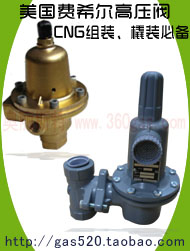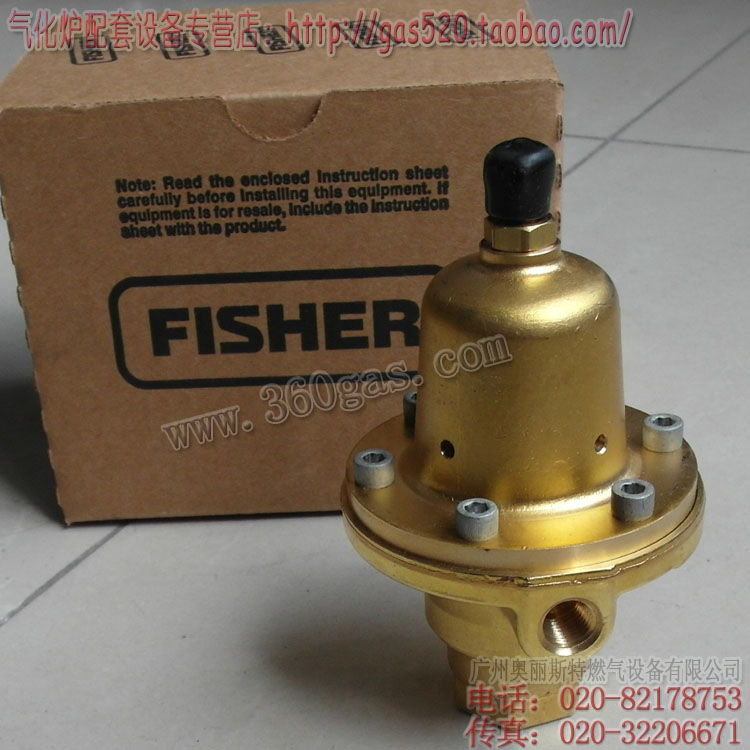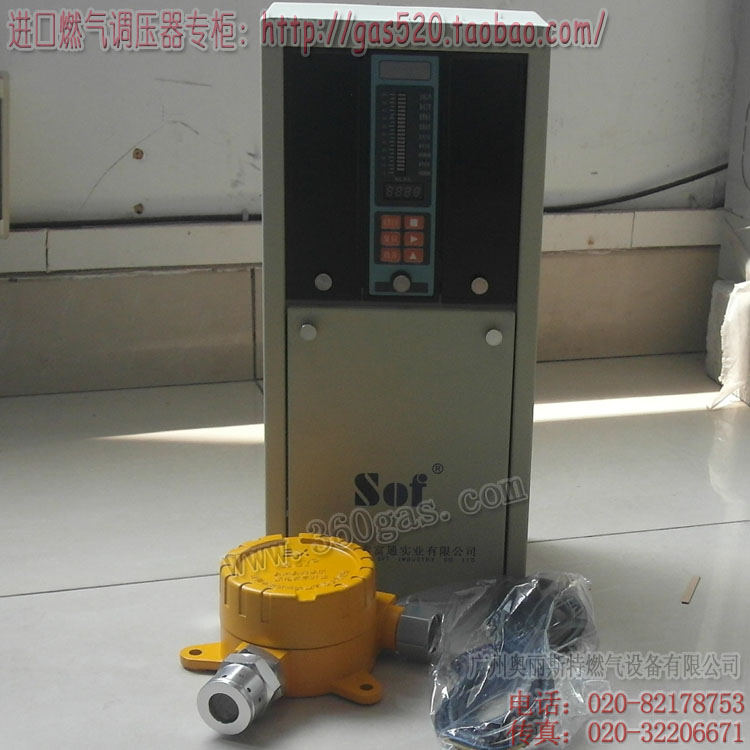位置:首页 > 燃气资讯 > World’s Fastest Sh
World’s Fastest Ship Christened by Argentina’s President
浏览次数 773 , 日期 2013-10-10 , 燃气设备 加入收藏
In Buenos Aires the President of Argentina, Christina Fernandez de Kirchner became the “Godmother” to a vessel built in Australia. Named Francisco in honour of the Argentine born Pope, the 99 metre world’s fastest ship, and the first large dual-fuel high speed Ro-Ro to use Liquefied Natural Gas (LNG) as its primary fuel, was built in Hobart by Incat Tasmania Pty Ltd and delivered recently to South American company Buquebus.
The Argentinian President was joined by the President of Uruguay Jose Mujica, at the ceremony in Buenos Aires, with both Presidents jointly cutting the ribbon at around 8pm Monday evening Argentina time in front of 1500 invited VIP guests.
The Francisco has commenced services on the River Plate (Rio de la Plata) between Buenos Aires and Montevideo. Australian ferry builder Incat Tasmania’s ferry is the world’s fastest ship having achieved a lightship speed of 58.1 knots (107.6 kilometres an hour). Incat acknowledges there are smaller craft that surpass 58 knots but nothing that could carry 1000 passengers and 150 cars, and with an enormous duty free shop on board.
The vessel’s high speed can be attributed to the combination of Incat wave piercing catamaran design, the use of lightweight, strong marine grade aluminium, and the power produced by the two 22MW GE LM2500 gas turbines driving Wartsila LJX 1720 SR waterjets.
Incat Chairman, Robert Clifford, currently in Europe, said “Incat is delighted with the efficiency of the design and sure that our customer, Buquebus, are thrilled with the results, enabling the ferry to compete with airline traffic on the River Plate route.”
Galileo LNG Nano Station Provides Energy Independence for Francisco
At the launch ceremony, Argentinean manufacturer Galileo presented the Cryobox®, its LNG production nano station. The technology will make Buquebus the first maritime company to supply its own LNG. Seven Cryobox nano stations with a capacity of 84 tpd will be responsible for this LNG production.
According to Galileo, the Cryobox is an LNG production nano station designed so that the private industry and communities can become their own LNG suppliers. Until now, major technological barriers and the need for long term capital investment prevented industries such as long-haul trucking, rail, mining, marine, and oil and gas services from using LNG as a low cost and low carbon alternative for diesel fuel.
“LNG will allow Francisco to reduce combustion emissions by 98%, in marked contrast to traditional fuels,” says Anibal Argomedo, Buquebus’s Technical Manager. At the same time, it is estimated that the 66 tpd (tons per day) of LNG production required for its two daily frequencies will generate 50% savings within the operating expense.
“Cryobox is the result of five years of development & investigation, built on 30 years’ expertise in the manufacturing of gas compressors in Argentina,” says Osvaldo del Campo, Galileo’s CEO. “At the same time, it represents a worldwide innovative leap, as it is one-of-a-kind equipment, due to its compact dimensions and modular configuration.”
Each unit is conceived as a module that can reach a maximum of 12 ton/day (4 480 GGE/day or 7 000 gal/day) of LNG (equivalent to 16 000 Nm3/day of natural gas). This feature allows a flexible installed capacity that can grow at the pace of the demand, through the progressive addition of modules.
It is also a “Plug & Play” module that can be sent to any destination by trailer for its immediate commissioning, since it can be installed at a fueling station and then connected straight to a gas pipeline distribution or to a modular treatment plant which allows gas pre-conditioning at a remote natural gas field.
Besides LNG, the Cryobox can also generate up to 2 000 Nm3/h (560 GGE/hour or 9.3 GGE/min) of CNG depending on demand.
“I imagine fleets, stations on motorways offering both CNG and LNG, major stations producing LNG for small-scale distribution using our Virtual Pipeline® system for other stations and industries. I also imagine specific facilities, such as vessels or fishing pole fueling. This offers a highly competitive tool; the cost of transportation is one of the essential factors of the market products to bear in mind. The fact that ships can operate on LNG radically changes the cost structure of the different industries,” del Campo concludes.
The Argentinian President was joined by the President of Uruguay Jose Mujica, at the ceremony in Buenos Aires, with both Presidents jointly cutting the ribbon at around 8pm Monday evening Argentina time in front of 1500 invited VIP guests.
The Francisco has commenced services on the River Plate (Rio de la Plata) between Buenos Aires and Montevideo. Australian ferry builder Incat Tasmania’s ferry is the world’s fastest ship having achieved a lightship speed of 58.1 knots (107.6 kilometres an hour). Incat acknowledges there are smaller craft that surpass 58 knots but nothing that could carry 1000 passengers and 150 cars, and with an enormous duty free shop on board.
The vessel’s high speed can be attributed to the combination of Incat wave piercing catamaran design, the use of lightweight, strong marine grade aluminium, and the power produced by the two 22MW GE LM2500 gas turbines driving Wartsila LJX 1720 SR waterjets.
Incat Chairman, Robert Clifford, currently in Europe, said “Incat is delighted with the efficiency of the design and sure that our customer, Buquebus, are thrilled with the results, enabling the ferry to compete with airline traffic on the River Plate route.”
Galileo LNG Nano Station Provides Energy Independence for Francisco
At the launch ceremony, Argentinean manufacturer Galileo presented the Cryobox®, its LNG production nano station. The technology will make Buquebus the first maritime company to supply its own LNG. Seven Cryobox nano stations with a capacity of 84 tpd will be responsible for this LNG production.
According to Galileo, the Cryobox is an LNG production nano station designed so that the private industry and communities can become their own LNG suppliers. Until now, major technological barriers and the need for long term capital investment prevented industries such as long-haul trucking, rail, mining, marine, and oil and gas services from using LNG as a low cost and low carbon alternative for diesel fuel.
“LNG will allow Francisco to reduce combustion emissions by 98%, in marked contrast to traditional fuels,” says Anibal Argomedo, Buquebus’s Technical Manager. At the same time, it is estimated that the 66 tpd (tons per day) of LNG production required for its two daily frequencies will generate 50% savings within the operating expense.
“Cryobox is the result of five years of development & investigation, built on 30 years’ expertise in the manufacturing of gas compressors in Argentina,” says Osvaldo del Campo, Galileo’s CEO. “At the same time, it represents a worldwide innovative leap, as it is one-of-a-kind equipment, due to its compact dimensions and modular configuration.”
Each unit is conceived as a module that can reach a maximum of 12 ton/day (4 480 GGE/day or 7 000 gal/day) of LNG (equivalent to 16 000 Nm3/day of natural gas). This feature allows a flexible installed capacity that can grow at the pace of the demand, through the progressive addition of modules.
It is also a “Plug & Play” module that can be sent to any destination by trailer for its immediate commissioning, since it can be installed at a fueling station and then connected straight to a gas pipeline distribution or to a modular treatment plant which allows gas pre-conditioning at a remote natural gas field.
Besides LNG, the Cryobox can also generate up to 2 000 Nm3/h (560 GGE/hour or 9.3 GGE/min) of CNG depending on demand.
“I imagine fleets, stations on motorways offering both CNG and LNG, major stations producing LNG for small-scale distribution using our Virtual Pipeline® system for other stations and industries. I also imagine specific facilities, such as vessels or fishing pole fueling. This offers a highly competitive tool; the cost of transportation is one of the essential factors of the market products to bear in mind. The fact that ships can operate on LNG radically changes the cost structure of the different industries,” del Campo concludes.








